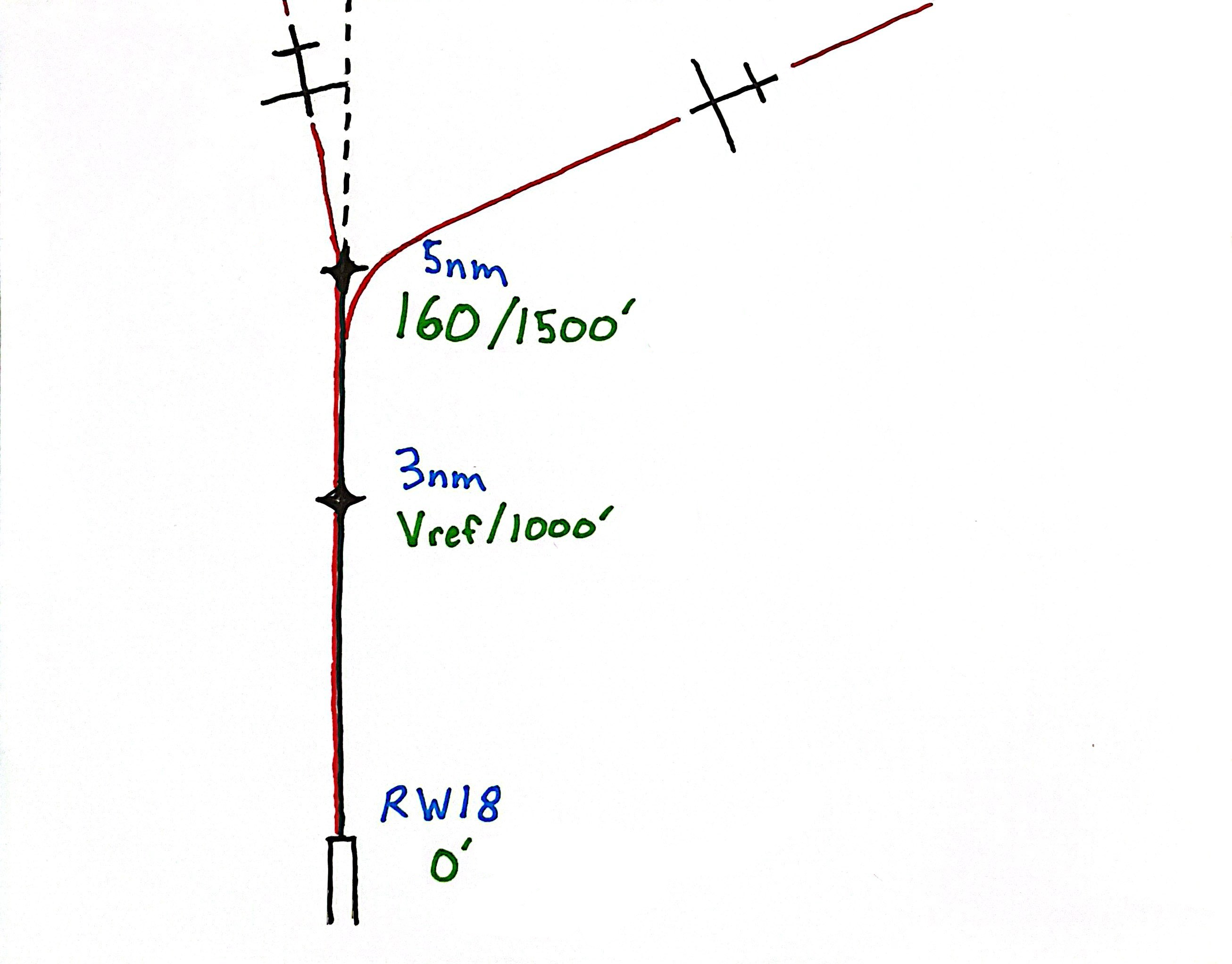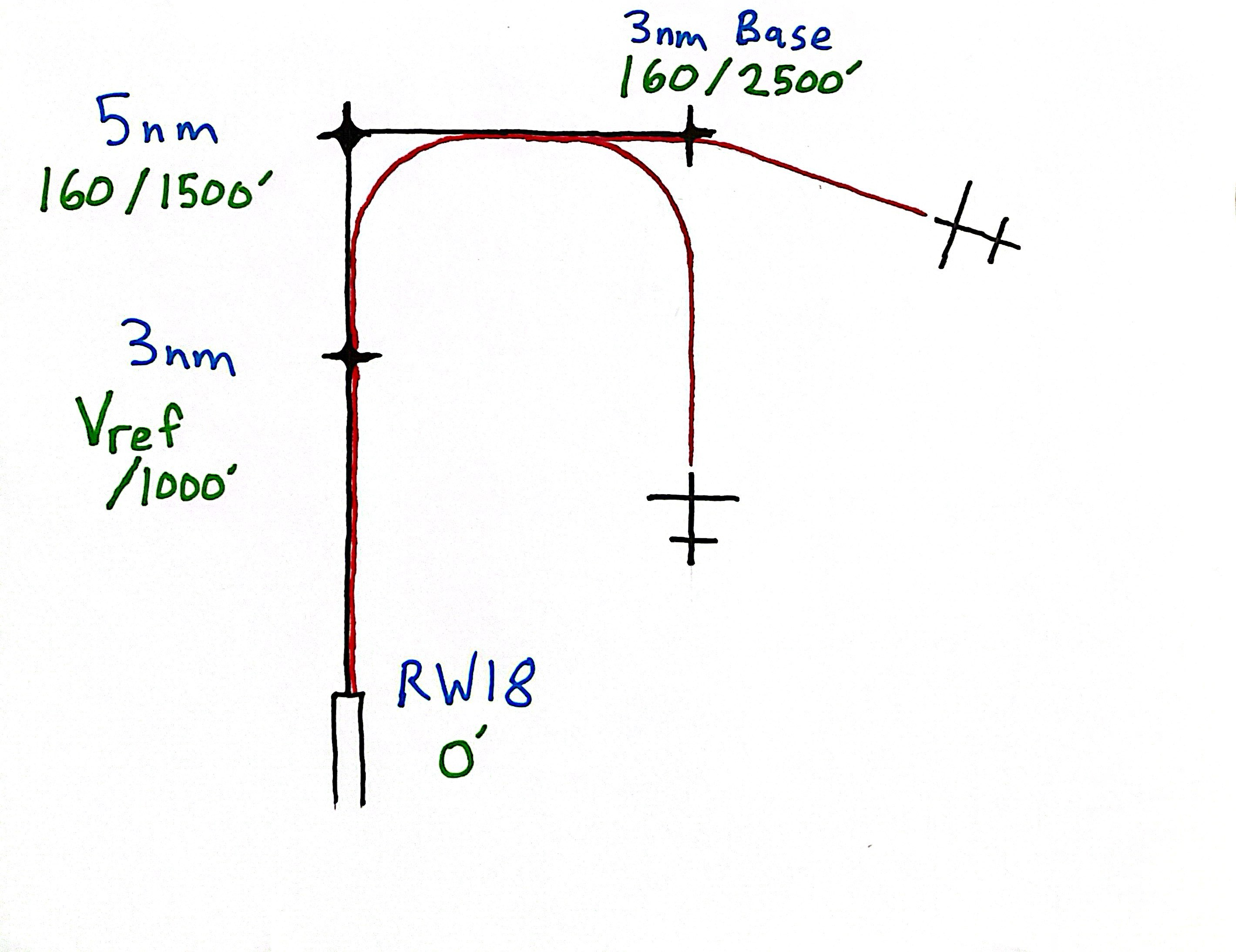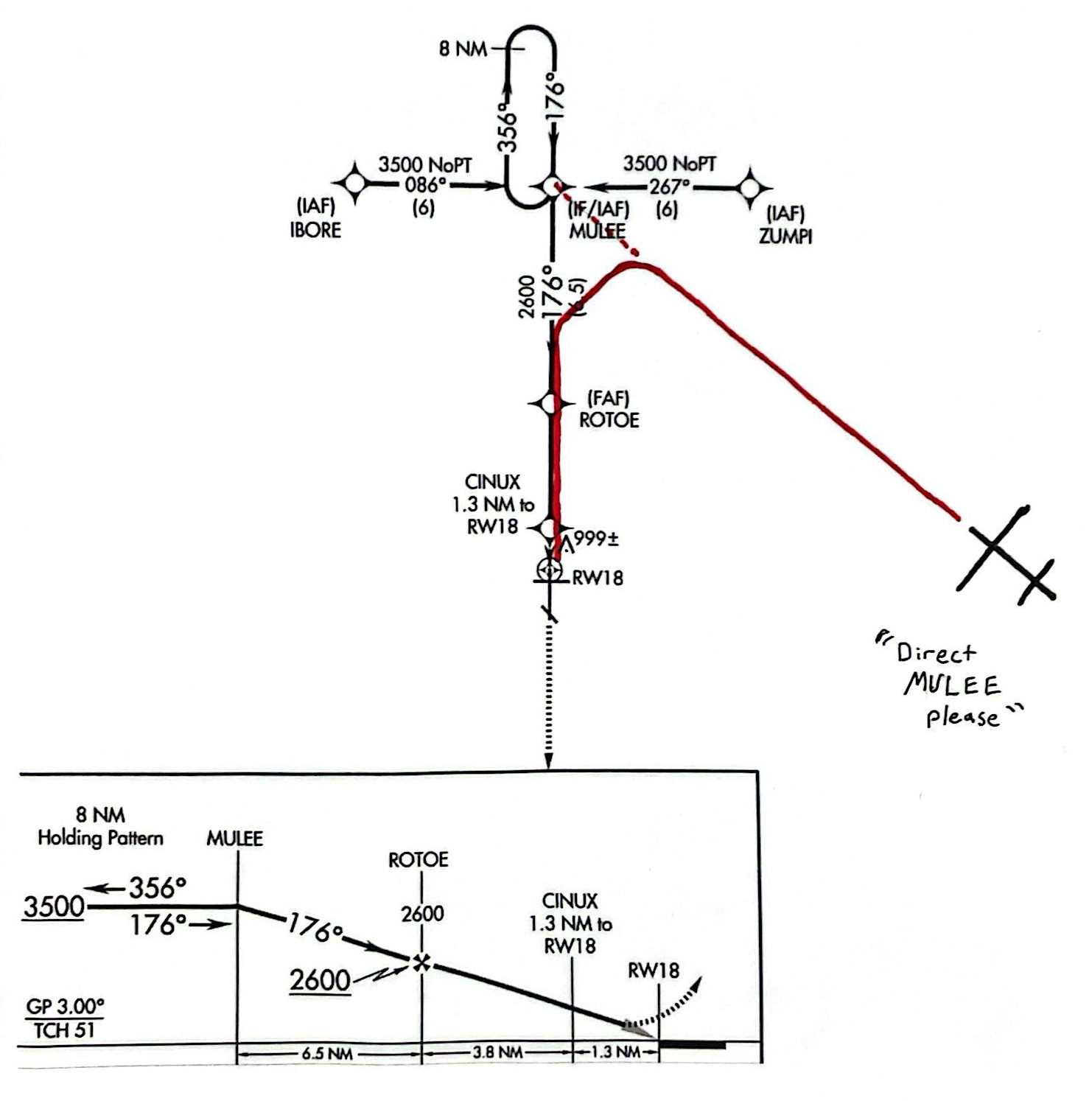
I try to describe these in a generic way so that they can be backed up by any ILS, RNAV, or FMS visual approach of your choosing.
From the FARs:
From my company:
For times when you are straight in, or on a base that is less than 90°.
Only one fix is needed for this method, a 5 mile fix at 1500' AGL.
Fly direct to the fix, in NAV mode. Max speed of 180kts crossing the fix if it's mostly straight-in. Cheating with heading mode to catch a localizer and glideslope early is encouraged.
If you are coming from a base, you must be gear down, flaps 30 and no more than 160kts before the FMS begins the turn. Depending on wind conditions, it could begin the turn as far as 2nm from the FAF.
For descent planning, try to fly a 2.5° descent angle to the FAF followed by a 3° descent angle to the runway.

For times when you are approaching on a downwind, or base angle greater than 90° from the final approach course.
In addition to our 5 mile fix at 1500' AGL, we are going to need a 3 mile base fix 1000' above that.
Once cleared, proceed direct to the base fix. Similar to above you must be gear down flaps 30 and 160kts prior to any anticipated turns by the FMS at this fix. This means about 2nm prior. The FMS will manage turning base and turning final while you configure, slow to Vref, manage the descent and possible switch to green needles and capture a glide slope.
Using the rule of thumb, 300' per nautical mile for a 3° glideslope, the base fix should be about 900' above the 5 mile fix. try to fly a 2.5° descent angle to the base fix, after which it will be a constant 3° descent angle to the concrete.
Staying above the base fix's altitude of 2500' AGL will keep you out of any Class C/D speed limit restrictions as well.

This method works for straight-in's and a large range of bases. This method uses preexisting fixes, so it is easier to communicate with ATC and the other pilot what you want. It allows more space and time to capture a localizer and glideslope, making it easier. The only downsides are it takes you a little further out, and requires some heading mode maneuvering if your arrival is more of a downwind or sharp base.
Most approaches have an intermediate fix (IF) 5ish miles past the FAF. Request direct to that fix from the approach controller. Using the 300' per nm rule, put an altitude on the IF so there is a 3° glideslope from the IF to the FAF. Aim for this altitude at the IF.
Once the field is in sight, HDG mode and intercept final no more than 30ish° and no less than 2nm from the FAF. Switch to green needles and arm APR mode. Make sure to continue descending. Since you've been aiming for the altitude at IF, you should already be pretty close to the glideslope.

Because there are many ways to fly a visual approach, the official guidance stays vague. They recommend Flaps 30 on base and Flaps 45, 5nm from the field.
These guys have lots of experience flying visuals to small airports. Many of their jets will fly a downwind about 160kts. They tend to comply with the 45° entry to the downwind at pattern altitude, and make a smooth 180° turn ending up on final fully configured.
These operator's stable criteria is 500' instead of my 1,000' HAT and this is a profound difference. My final and downwind is at least 1.5nm further than theirs. Considering a Class D airport with a 4nm radius airspace, I would barely keep my aircraft within the airspace flying the pattern as tight as possible. Because I need to fly so far out, entering on a 45° to the downwind at 1,500' AGL is pointless and when I can just stay higher and faster.
In the FCOM volume 2, their method is to fly a 170kt downwind that is 1.0 to 1.5nm wide. Turning Base they slow to 160kts. Turning final, they slow to Vref+10. Established on final, prior to 400' AGL, they slow to Vref and disconnect the autopilot.
170kts and 160kts at 25° of bank make turn radii of 0.91nm and 0.80nm, lets call it 0.85nm. So far, it's not looking like a 1nm wide base is going to work with only 0.15nm left to complete this turn.
Suppose a landing weight of 42,000lbs with a Vref of 133kts. Vref+10 is 143kts, the turn radius is will be 0.65nm. 0.85nm and 0.65nm turns make a downwind width of 1.5nm.
This doesn't consider the time it takes to slow 40kts, higher weights, density altitude, winds, etc...